Scientific Information/Data
Fruit and vegetable intake has a profound and well-recognized correlation with health, and increased intake has been found to increase plasma antioxidant capacity in humans.[1] Fruits contain a wide range of bioactive compounds; they not only contribute to antioxidant protection but also support cellular health in a variety of ways. Isolation of these beneficial compounds and investigations into their specific effects on human health is ongoing. The hope is that concentrated sources of these bioactive phytonutrients will become a convenient way to augment intake of fruits and vegetables.*
Oraxinol™ has a new and improved profile of concentrated extracts from the following nutrient-dense fruits: grape, pomegranate, blueberry, chokeberry, mangosteen, cranberry, goji berry, apple, and bilberry. These fruits are featured in the Oraxinol formula because of their phytonutrient content, antioxidant-supportive properties, and polyphenol concentration. Polyphenols (phenolic acids, flavonoids, stilbenes, and lignans) are produced by plants and often play a defensive role, protecting the plant from UV radiation, oxidation, and pathogens. In many cases, it is the polyphenol component of medicinal plants that exerts activity, such as modulating enzymes and cell receptors, in the body.[2] Research strongly supports a role for polyphenols in promoting and maintaining health.*[3,4]
Berries are an especially rich source of polyphenols and other healthpromoting elements.[5,6] Blueberries, cranberries, and chokeberries have been found to contain relatively high concentrations of compounds with highly effective radical scavenging structures, contributing to total antioxidant capacity.[7] The consumption of bilberry and chokeberry has been shown to significantly increase the concentration of health-supportive polyphenols in plasma.[8] Goji berries have been consumed for their health-promoting benefits for over 2000 years. Contemporary research suggests that goji juice supplementation significantly increased antioxidant markers in human subjects.*[9]
Alongside Oraxinol’s berry concentrates are extracts from a variety of other “super” fruits. Mangosteen is a “berry-type” fruit; its pericarp (peel, rind, hull) has a long history of use as a traditional medicine and recently has been studied for its role in antioxidant and immune support.[10, 11] Pomegranate juice supplementation was found to have an inhibitory effect on lipid peroxidation in plasma, lipoproteins, and macrophages; researchers suggest this is important to the support of cardiovascular and cellular health.[12] Oraxinol contains grape skin, seed, and pulp in a concentrated extract. Research on grape polyphenols suggests that they may have direct effects on vasorelaxation and may promote cardiovascular health and function.[13] The apple has long been understood to be a pillar in the foundation of a healthy diet, and this has been underscored by the old adage we learned as children: “an apple a day keeps the doctor away.” Research supports this traditional wisdom and reveals that even the skin of the apple contains polyphenols that appear to play a protective role in oxidative stress.*[14]
The role of polyphenols appears to extend beyond their antioxidant capacity. Research suggests that polyphenol-rich extracts may exert positive effects on cardiovascular health.[8] Mechanisms of action appear to include the promotion of endothelial function and healthy platelet aggregation.[3,15-17] In order to more accurately highlight the health effects of specific polyphenols, researchers have called for the compilation of a comprehensive polyphenol database.[2] Ongoing research promises to reveal even more detailed and intriguing facts about the role that these complex phytonutrients play in human health.*[18]
Oraxinol features concentrated whole fruit and berry extracts with a total polyphenol content of no less than 40% and an oxygen radical absorbance capacity (ORAC) of not less than 6000 TE/gram. Oraxinol ingredients undergo stringent quality assurance testing through the Adulterant Screening Program. This program screens for economic adulterants, pesticide residues, solvent residues, ETO (ethylene oxide), irradiation, and GMOs (genetically modified organisms).[19]
*These statements have not been evaluated by the Food and Drug Administration. This product is not intended to diagnose, treat, cure, or prevent any disease.
References
1. Cao G, Booth SL, Sadowski JA, et al. Increases in human plasma antioxidant capacity after consumption of controlled diets high in fruit and vegetables. Am J Clin Nutr. 1998 Nov;68(5):1081-7. [PMID: 9808226]
2. Manach C, Scalbert A, Morand C, et al. Polyphenols: food sources and bioavailability. Am J Clin Nutr. 2004 May;79(5):727-47. Review. [PMID:
15113710]
3. Scalbert A, Johnson IT, Saltmarsh M. Polyphenols: antioxidants and beyond. Am J Clin Nutr. 2005 Jan;81(1 Suppl):215S-217S. Review. [PMID: 15640483]
4. American Institute for Cancer Research. Cancer Fighters in Your Food. http://www.aicr.org/assets/docs/pdf/brochures/ US11FactsonPreventingCancerTheCancerFightersinYourFood.pdf. Accessed July 28, 2013.
5. Seeram NP, Adams LS, Zhang Y, et al. Blackberry, black raspberry, blueberry, cranberry, red raspberry, and strawberry extracts inhibit growth and stimulate apoptosis of human cancer cells in vitro. J Agric Food Chem. 2006 Dec 13;54(25):9329-39. [PMID: 17147415]
6. Seeram NP. Berry fruits: compositional elements, biochemical activities, and the impact of their intake on human health, performance, and disease. J Agric Food Chem. 2008 Feb 13;56(3):627-9. [PMID: 18211023]
7. Zheng W, Wang SY. Oxygen radical absorbing capacity of phenolics in blueberries, cranberries, chokeberries, and lingonberries. J Agric Food Chem. 2003 Jan 15;51(2):502-9. [PMID: 12517117]
8. Erlund I, Koli R, Alfthan G, et al. Favorable effects of berry consumption on platelet function, blood pressure, and HDL cholesterol. Am J Clin Nutr. 2008 Feb;87(2):323-31. [PMID: 18258621]
9. Amagase H, Sun B, Borek C. Lycium barbarum (goji) juice improves in vivo antioxidant biomarkers in serum of healthy adults. Nutr Res. 2009
Jan;29(1):19-25. [PMID: 19185773]
10. Sukatta U, Takenaka M, Ono H, et al. Distribution of major xanthones in the pericarp, aril, and yellow gum of mangosteen (garcinia mangostana linn.) fruit and their contribution to antioxidative activity. Biosci Biotechnol Biochem. 2013 May 23;77(5):984-7. [PMID: 23649258]
11. Pedraza-Chaverri J, Cárdenas-Rodríguez N, Orozco-Ibarra M, et al. Medicinal properties of mangosteen (Garcinia mangostana). Food Chem Toxicol. 2008Oct;46(10):3227-39. Review. [PMID: 18725264]
12. Aviram M, Dornfeld L, Rosenblat M, et al. Pomegranate juice consumption reduces oxidative stress, atherogenic modifications to LDL, and platelet aggregation: studies in humans and in atherosclerotic apolipoprotein E-deficient mice. Am J Clin Nutr. 2000 May;71(5):1062-76. [PMID: 10799367]
13. Barona J, Aristizabal JC, Blesso CN, et al. Grape polyphenols reduce blood pressure and increase flow-mediated vasodilation in men with metabolic syndrome. J Nutr. 2012 Sep;142(9):1626-32. [ PMID: 22810991]
14. Denis MC, Furtos A, Dudonné S, et al. Apple peel polyphenols and their beneficial actions on oxidative stress and inflammation. PLoS One.
2013;8(1):e53725. [PMID: 23372666]
15. Manach C, Mazur A, Scalbert A. Polyphenols and prevention of cardiovascular diseases. Curr Opin Lipidol. 2005 Feb;16(1):77-84. Review. [PMID: 15650567]
16. Vita JA. Polyphenols and cardiovascular disease: effects on endothelial and platelet function. Am J Clin Nutr. 2005 Jan;81(1 Suppl):292S-297S. Review. [PMID: 15640493]
17. Arts IC, Hollman PC. Polyphenols and disease risk in epidemiologic studies. Am J Clin Nutr. 2005 Jan;81(1 Suppl):317S-325S. Review. [PMID: 15640497]
18. World Congress on Polyphenols Applications. http://www.polyphenols-site.com/. Accessed July 28, 2013.
19. Ethical Naturals. http://www.ethicalnaturals.com/index.php?option=com_conte
nt&view=article&id=21&Itemid=11. Accessed July 28, 2013.


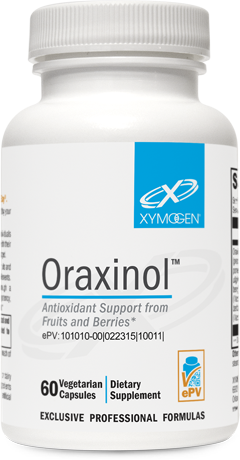
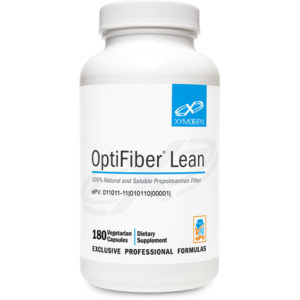
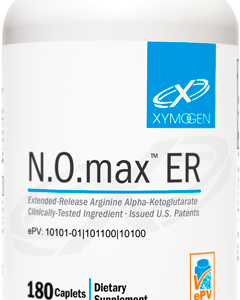
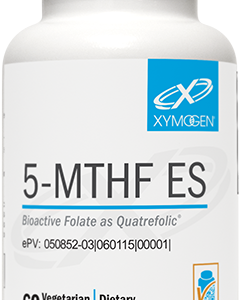
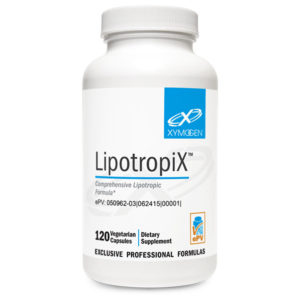
Reviews
There are no reviews yet.